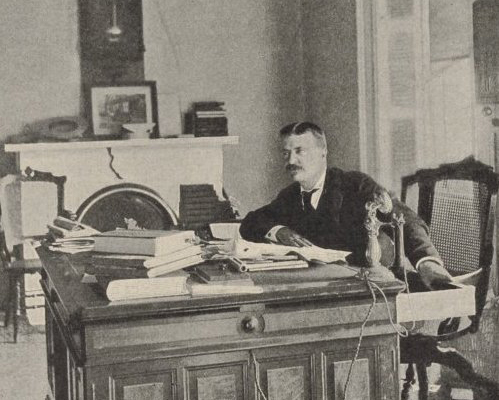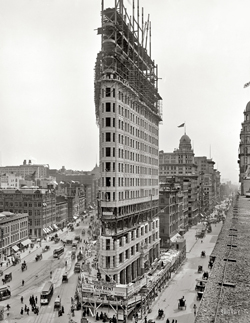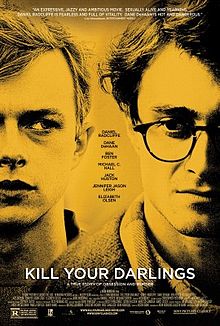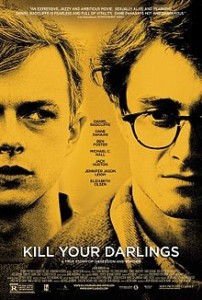While I continue to work on new content for 17th Street, I am featuring another collection of short films today that were collated by the Library of Congress into a playlist entitled Theodore Roosevelt – His Life and Times on Film. The films in this collection were described by the Library of Congress as follows:
Theodore Roosevelt was the first U.S. president to have his career and life chronicled on a large scale by motion picture companies (even though his predecessors, Grover Cleveland and William McKinley, were the first to be filmed). This presentation features films which record events in Roosevelt’s life from the Spanish-American War in 1898 to his death in 1919. The majority of films are from the Theodore Roosevelt Association Collection, while the remainder are from the Paper Print Collection. Besides containing scenes of Roosevelt, these films include views of world figures, politicians, monarchs, and friends and family members of Roosevelt who influenced his life and the era in which he lived. Commemorative events up to 1921 are also included as well as silent documentaries compiled from earlier footage by the Theodore Roosevelt Association between 1919 and 1928.
As with the New York early films playlist featured last week, you can view all the films in this playlist by clicking “Play”. Alternatively, you can view individual films by clicking the word “Playlist” in the top left hand corner of the film box and selecting a specific film after clicking the “Play” button.




